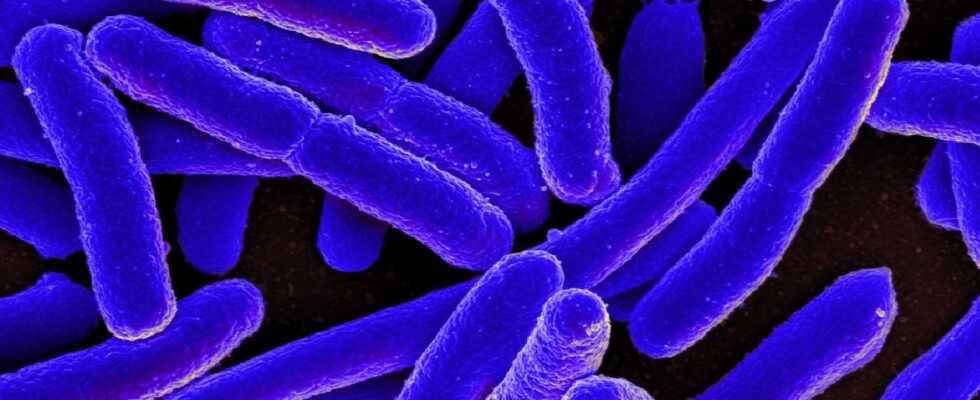Researchers have succeeded in creating a living ink for 3D printing by reprogramming E. coli bacteria. This bio-ink could produce drugs or create self-healing building materials.
You will also be interested
[EN VIDÉO] A new ultra-resistant and flexible 3D printing resin 3D printing is a fairly recent technology that is making new advances every day. The Formlabs company has thus developed a new type of ultra-resistant resin. As strong as ABS, it is able to withstand strong mechanical stresses, as we can see in this video.
Bioprinting is a recent process that allows the creation of living materials using bio-inks and 3D printing. Researchers from Harvard University and the Brigham and Women’s Hospital have just developed a very promising new “microbial ink”. Their article published in the journal Nature Communications details their discovery.
The researchers chose a new approach, using the bacteria Escherichia coli. They managed to program the microbe in order to assemble monomers of protein to create nanofibers, which are then organized into networks. By combining them with other ingredients, they were able to obtain a hydrogel extrudable, usable with a 3D printer.
A microbial ink for self-healing materials
Researchers also included other microbes in their 3D ink E. coli, this time programmed to produce other elements. This allows them to print living objects with special properties. Thus, they were able to print materials that produce azurin, an anticancer drug, in the presence of certain chemicals or that trap the endocrine disruptor bisphenol A, present in the environment without the need for other products.
According to the researchers, this living ink could reproduce itself. It could thus be used to create materials of construction self-repairing where the transport of raw materials is complicated, for example in space or on the Moon or on Mars.
Interested in what you just read?
.
fs1
